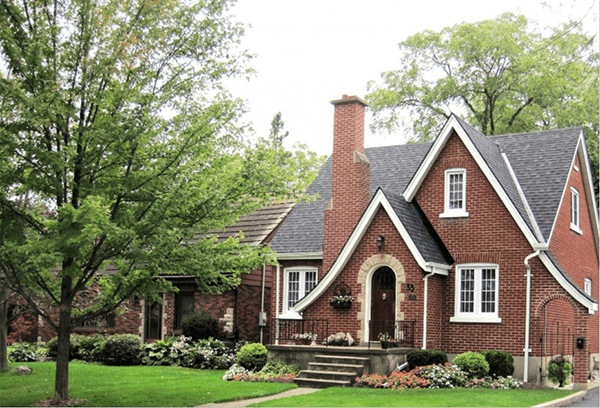Important Lease-Option Factors
January 29, 2018 by Marty Orefice | Rent to Own

Renting to own a house is very different from renting to own a couch. Lease-options don’t work out well for people who haven’t made that distinction.
People who are building their credit, saving for a down payment or working on their credit history should consider rent to own. Rent to own is for people who aren’t ready to buy a house yet but are close.
Lease-options might not be for people who don’t have steady work or credit. The big area people get confused with is the seriousness of renting to own. Rent to own should be treated like a home purchase because that’s the end goal of the program.
Of course, some people take advantage of rent to own on both sides. However, if you treat renting to own as seriously as you do buying a home, you can avoid these situations by doing your research.
Lease-Option Factors
The important factors for lease-options are lease terms, option fees, extra payments and insurance/repairs.
Lease Term
Rent to own leases can last between 12 months and three years. Sellers tend to prefer shorter terms because they make their money back sooner. As a buyer, you should aim for a longer term than you need because you can always close early. A longer lease term gives you more flexibility in case everything doesn’t go according to plan.
Option Fee
At the beginning of the lease term, buyers pay an option fee, which is an upfront payment of 3 to 10 percent of the cost of the home in exchange for the exclusive right to purchase the home. The buyer can use that money as part of the down payment on the home if the buyer buys the home. However, if the buyer opts not to purchase the home, the seller keeps the full amount. Sellers want larger option fees because buyers who invest more are more likely to buy.
Rent Credits
Extra rent is extra money paid by the buyer to the seller on top of fair market rent. The extra money goes into an escrow account that will also be applied to the purchase price of the home if the seller purchases. Some sellers match extra rent payments to provide a greater financial incentive for the buyer to buy. Additionally, the buyer can use this money for their down payment. The greater the buyer’s down payment, the more likely they are to qualify for a mortgage.
Insurance and Repairs
There isn’t a set protocol for insurance and repairs. Sometimes the seller continues to pay homeowners insurance and the buyer pays renters insurance. In other instances, the buyer takes over homeowners insurance.
In terms of repairs, it makes sense for the buyer to pay for repairs up to $200 – or some other limit – and for the seller to pay the remainder.
The Logic Behind These Factors
Eventually, this will be the buyer’s property. Paying part of repairs and making financial contributions to extra rent and option fees prepares a buyer to qualify for a mortgage and own the home, which benefits both the seller and buyer.
For more information, read through this rent to own article on CNBC.
